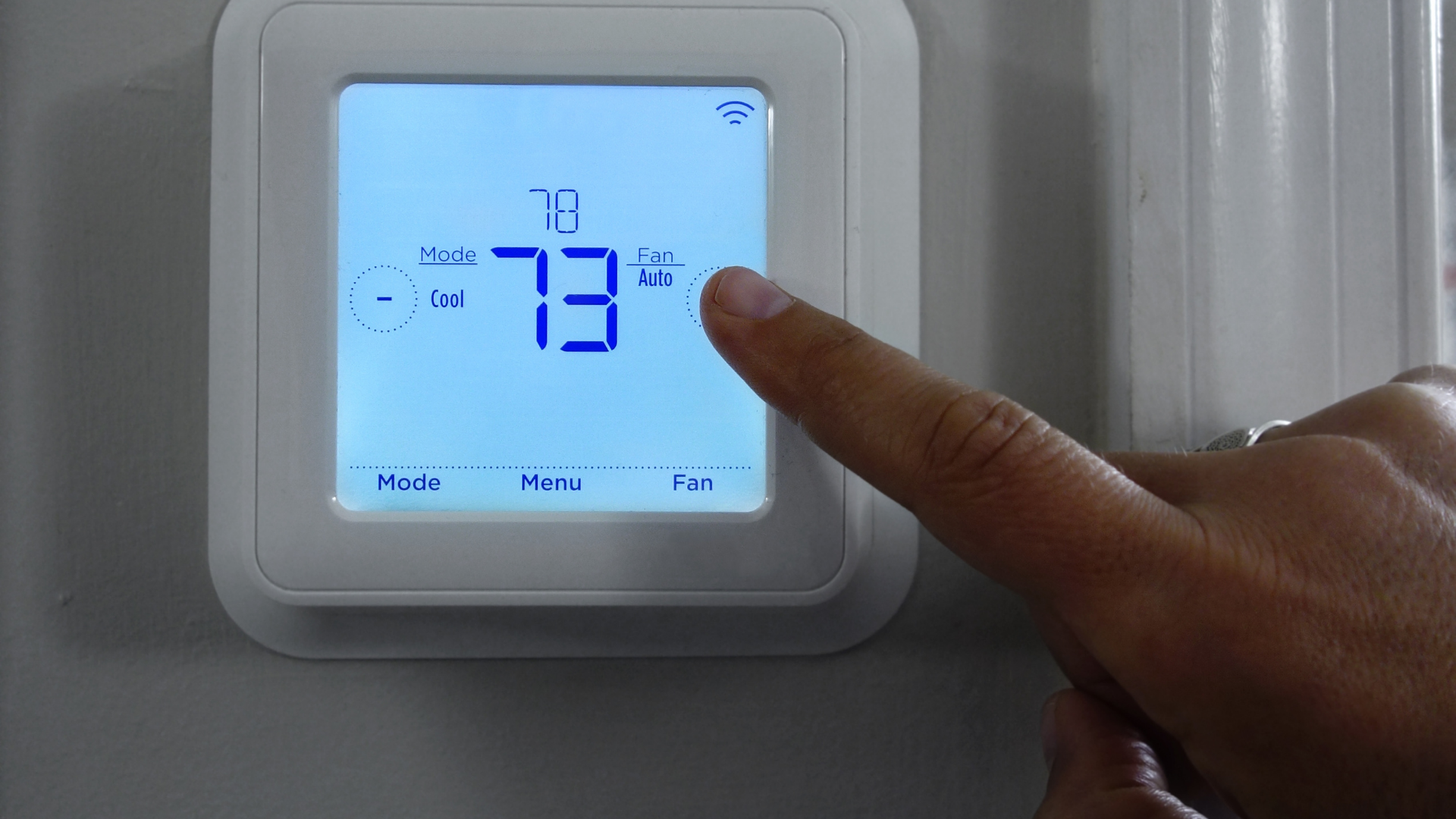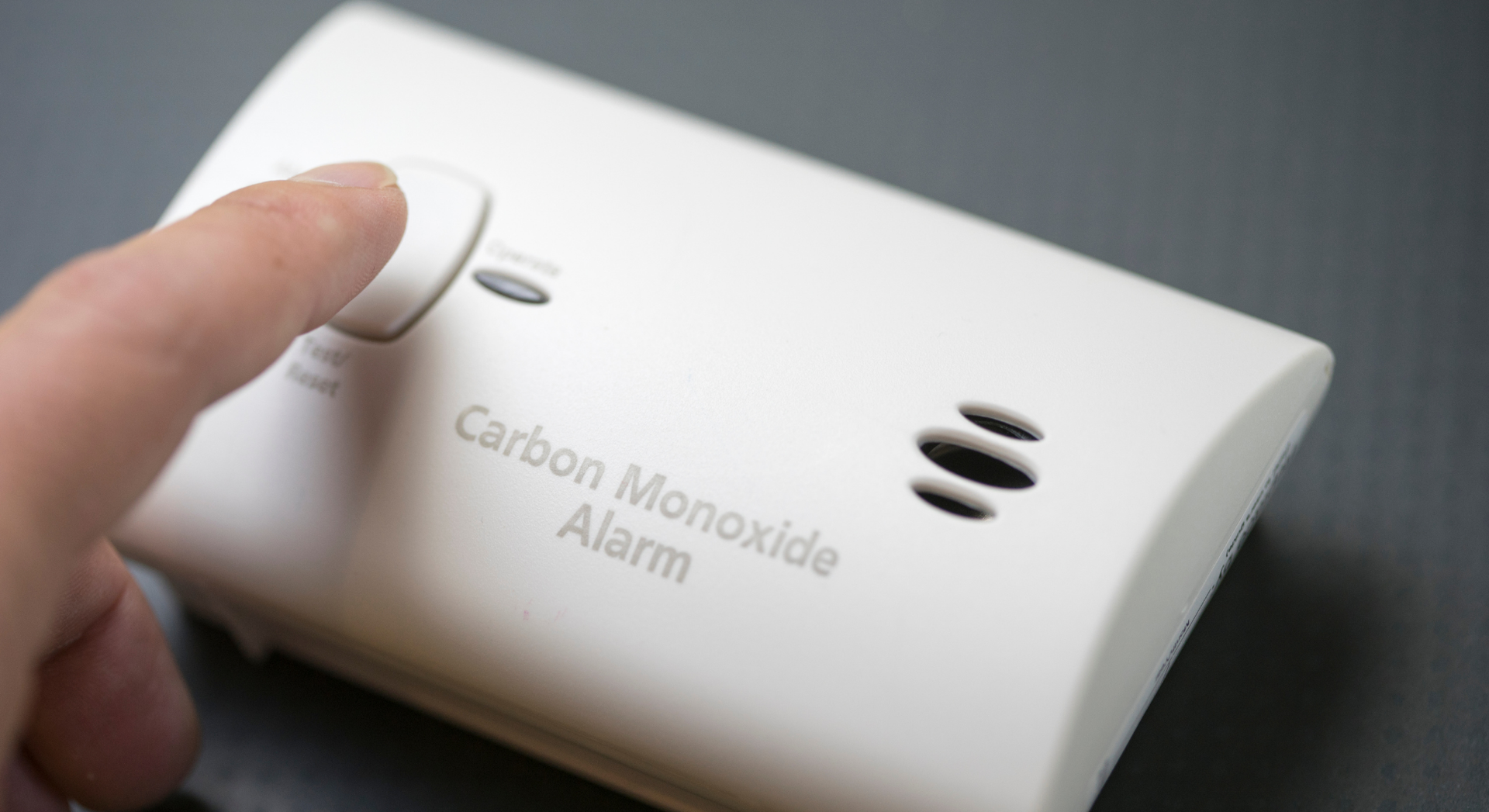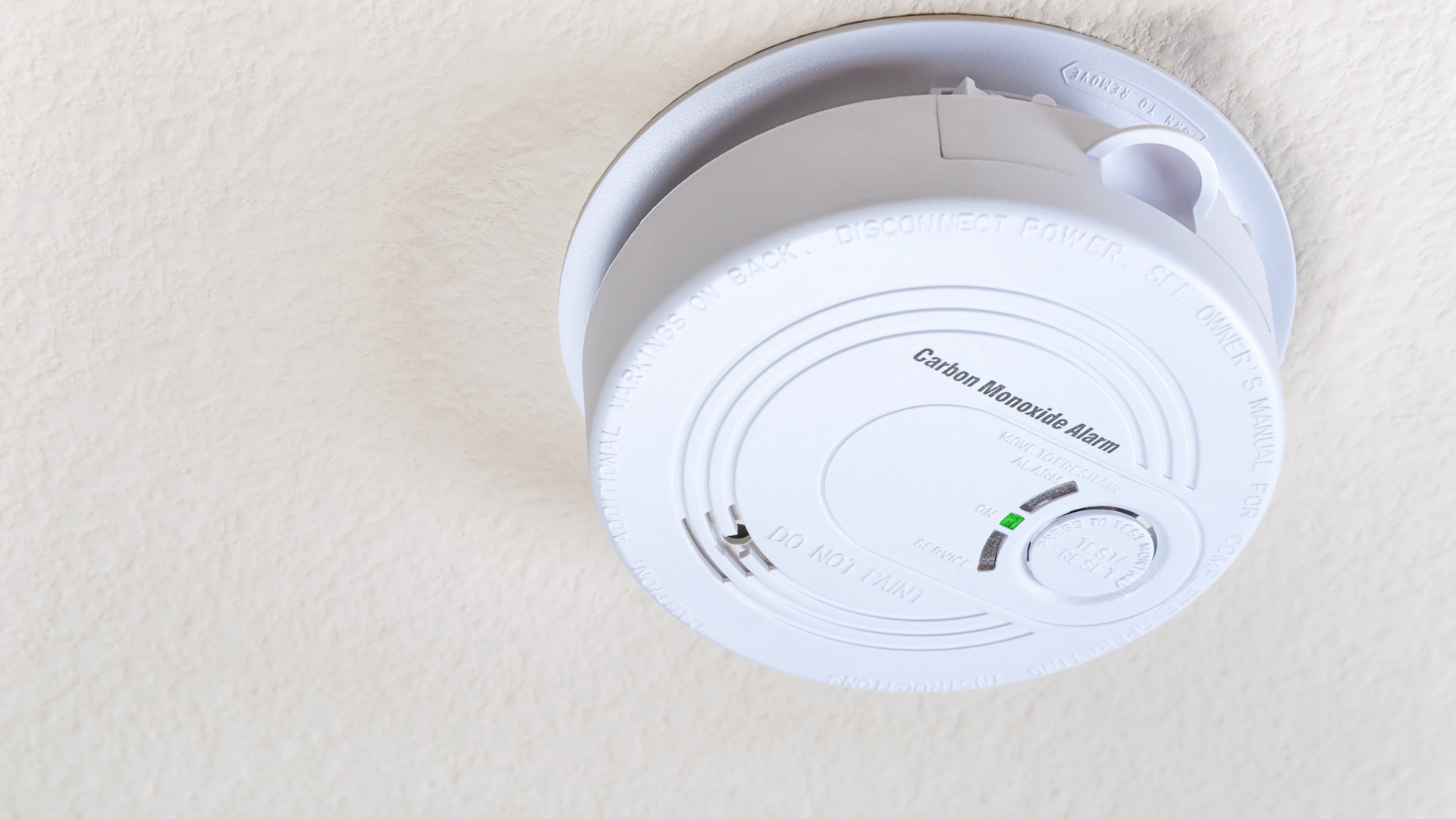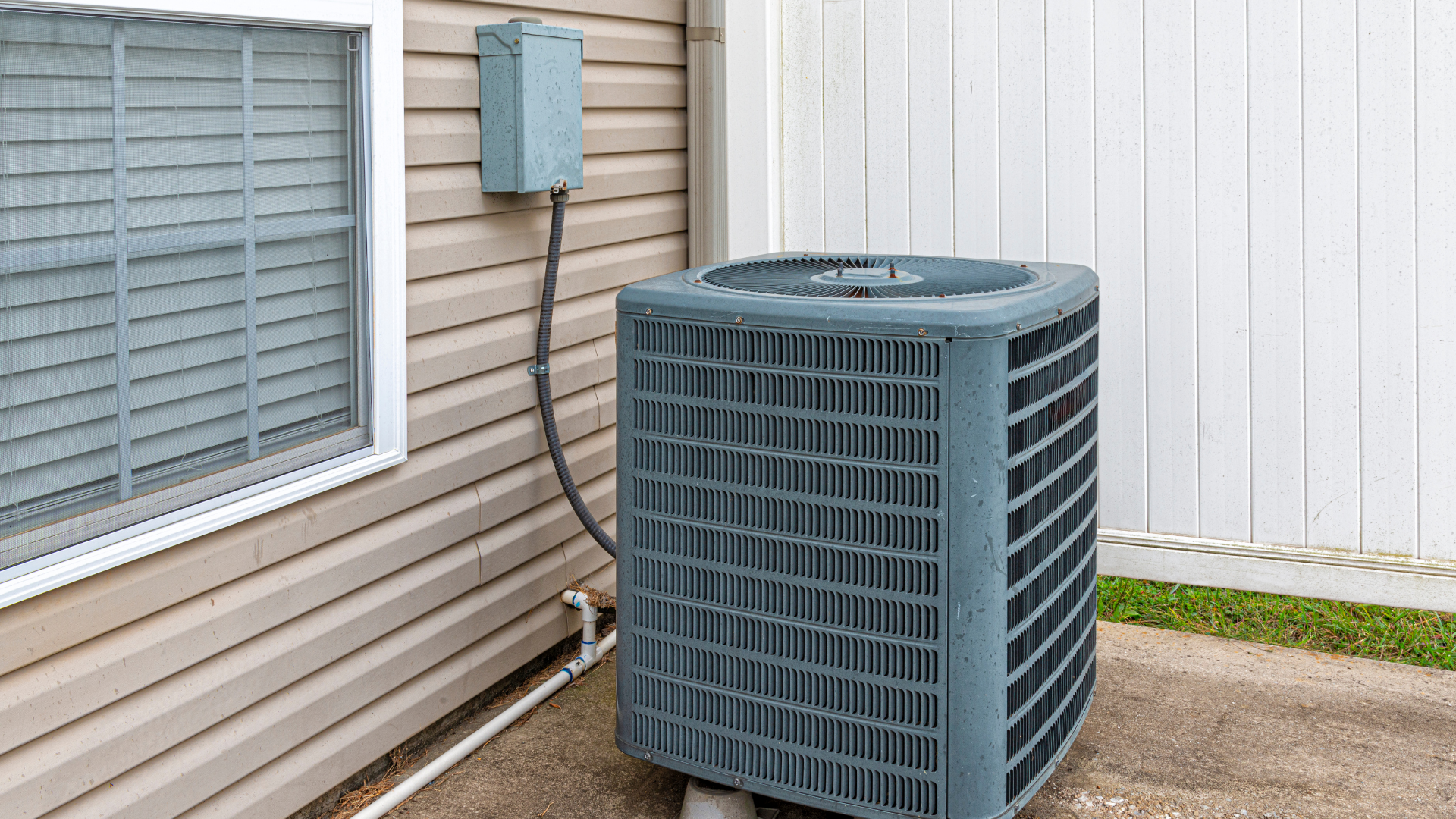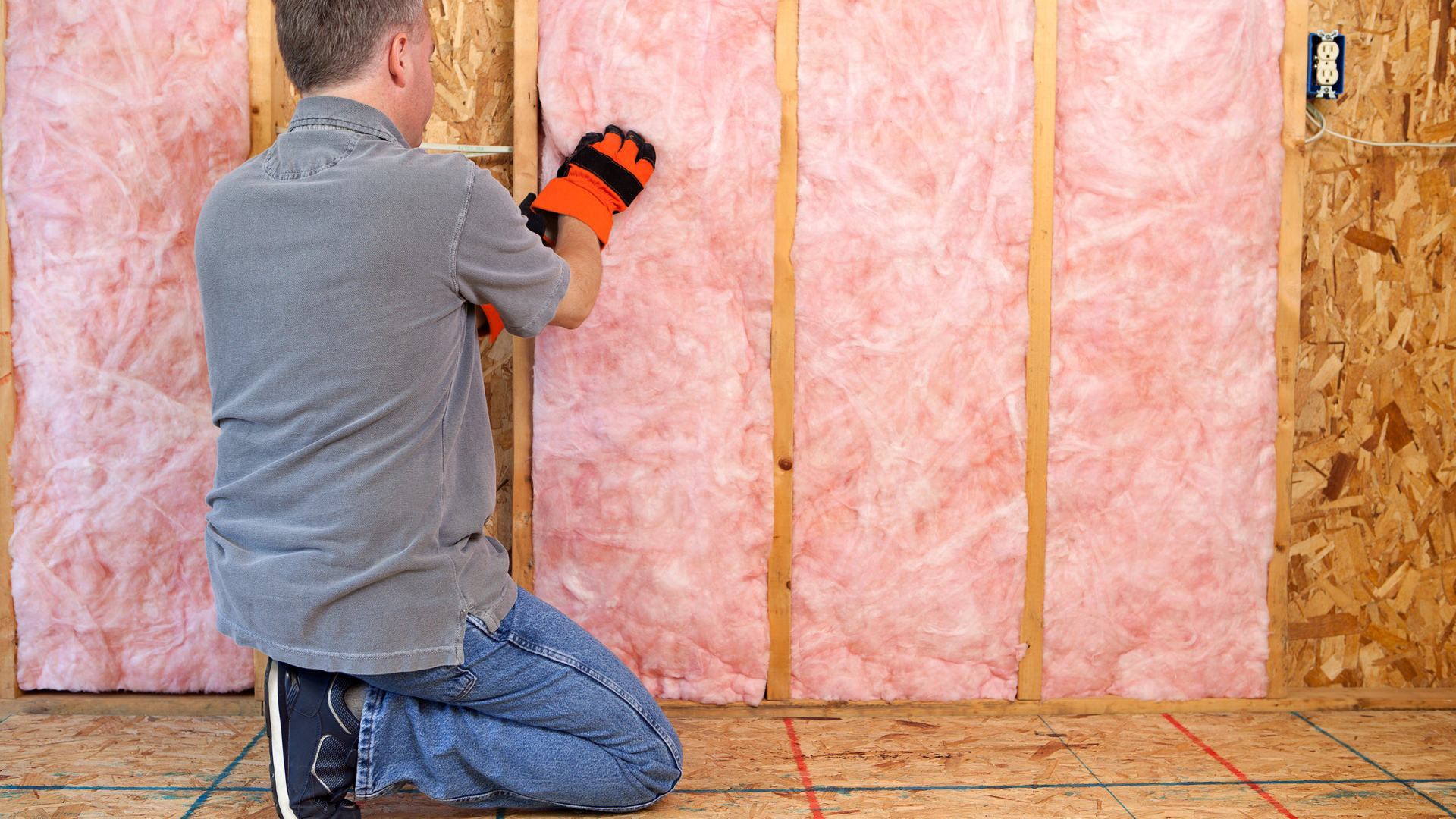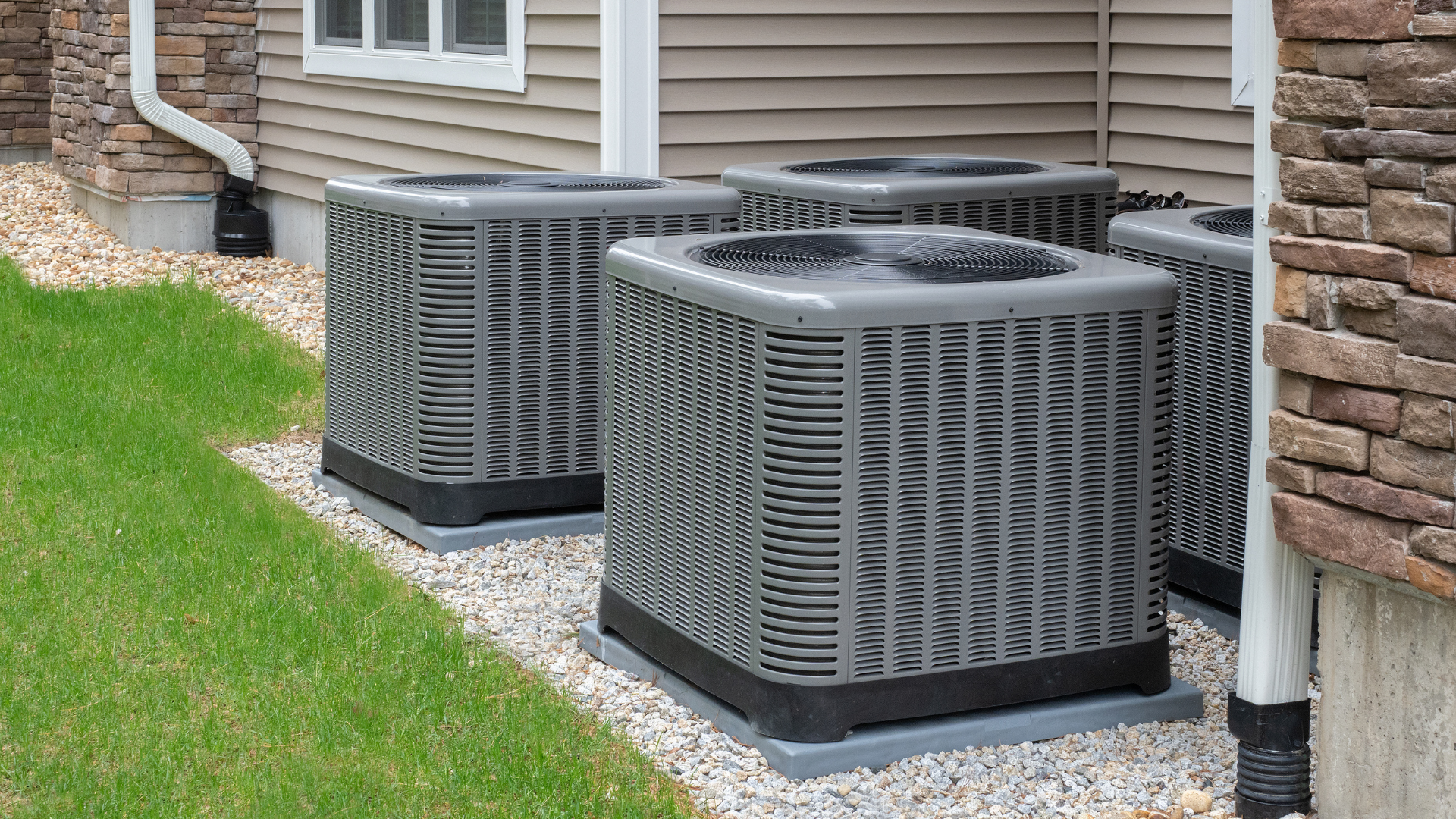How Your Yard and Landscaping Can Cause Drain Backups
The Silent Culprits: How Your Yard and Landscaping Can Cause Drain Backups
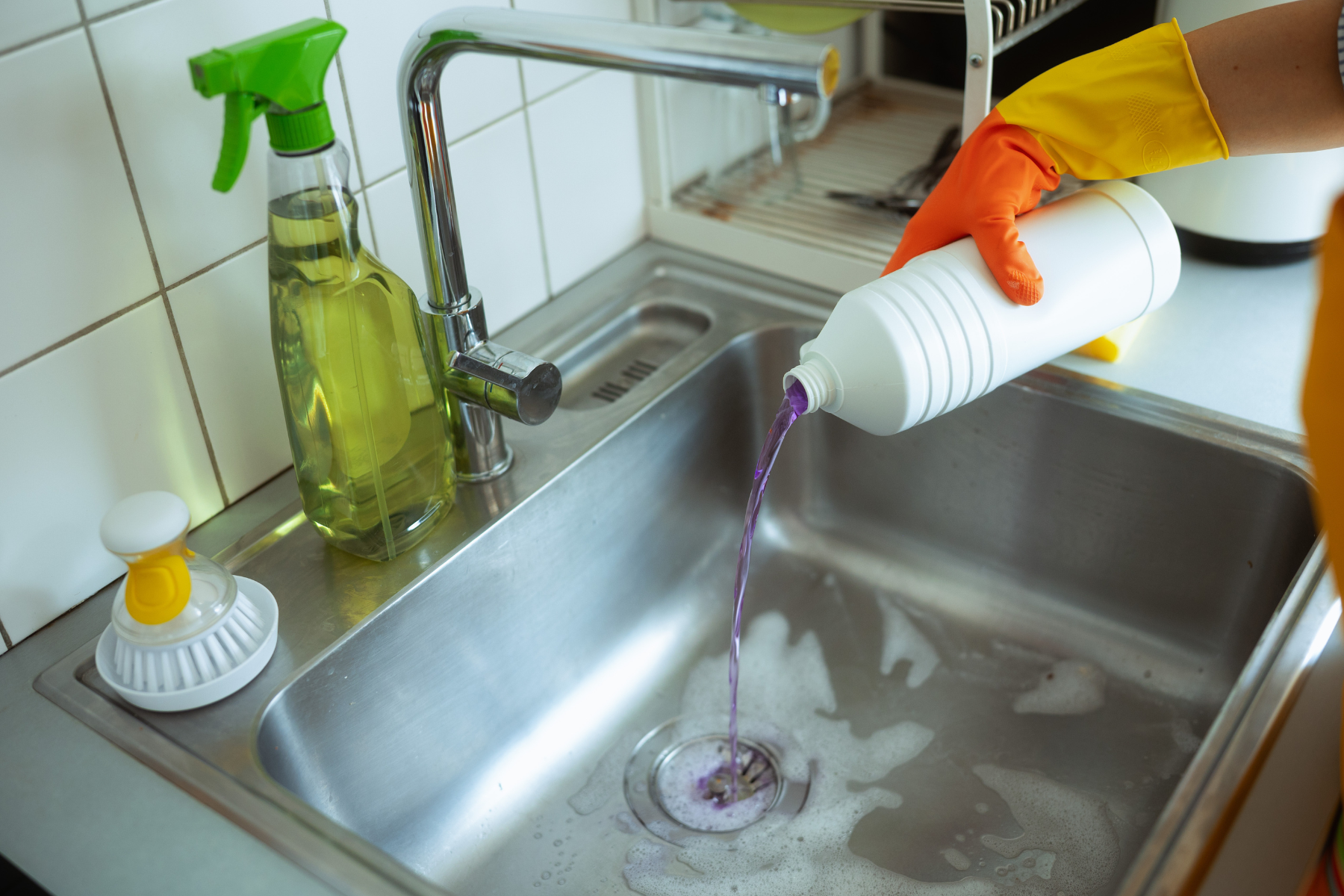
The plumbing in your home is more than just pipes; it's a complex system that's deeply connected to your home's surroundings. The ground you build on, your landscaping choices, and even the weather can all affect your plumbing, particularly your risk of drain backups.
This article provides essential tips for keeping your drains clean and explains how your home's environment plays a crucial role in its drainage health.
Simple Tips for Squeaky-Clean Drains
Preventing clogs is the best way to avoid expensive and messy backups. Here are some simple habits you can adopt to keep your drains flowing freely:
Be Careful What You Pour Down the Drain
The kitchen sink is a common culprit for clogs. Never pour grease, oil, or fat down your drains. As it cools, it solidifies and clings to pipe walls, trapping other debris. Instead, pour it into an old can or jar, let it cool, and throw it in the trash.
Use Drain Screens
This simple, inexpensive tool is a game-changer. Drain screens or strainers in your kitchen and bathroom sinks, tubs, and showers will catch hair, food particles, and other gunk before it goes down the drain. Clean them out regularly.
Treat Your Drains to a Hot Water Flush
Once a week, pour a large pot of boiling water down your kitchen drain. This can help melt away minor grease and soap scum buildup before it becomes a problem. For a more thorough, natural cleaning, you can also use a mixture of baking soda and vinegar.
Don't Forget About Your Toilets
Toilets are designed to flush only three things: waste, toilet paper, and water. Even if a product is labeled "flushable," things like wet wipes, paper towels, and feminine hygiene products do not break down easily and can cause major clogs.
The Bigger Picture: Your Home's External Plumbing
While what goes down your drains is important, a lot of what causes backups happens outside your home. Here’s how landscaping and geology affect your home's drainage.
How Landscaping Impacts Your Plumbing
The trees and plants in your yard are beautiful, but their roots are always searching for water. If they find a small crack or loose joint in your sewer pipes, they'll grow into the pipes to get to the water, creating a dense blockage that causes serious backups.
- Signs of a root intrusion: Slow-draining sinks or toilets, gurgling sounds from your pipes, or a consistently wet patch in your yard, particularly over your sewer line.
- What you can do: Consider planting trees and shrubs away from your sewer and water lines. If you suspect a root problem, a professional plumber can use a video camera to inspect your pipes and use hydro-jetting to clear the blockage without damaging the pipes.
The Importance of Grading and Slope
The land around your home should be sloped away from the foundation. This is called grading. If the ground slopes towards your house, rainwater and runoff can collect near the foundation and even seep into your basement or crawlspace. This can lead to foundation damage and, over time, can put pressure on your pipes, causing them to crack or collapse.
- Signs of poor grading: Standing puddles near your foundation after a rainstorm, water in your basement, or a constantly damp crawlspace.
- What you can do: Add soil to create a positive slope away from your home. This might be a simple DIY job or could require a professional landscaper, depending on the scale. Downspout extenders can also help by directing rainwater far away from your foundation.
When Geology Gets Involved
The type of soil and rock beneath your home can significantly affect drainage. For example, a house built on clay soil is more susceptible to drainage issues than one on sandy or loamy soil. Clay doesn't absorb water well, so after a heavy rain, the ground can become saturated, putting extra pressure on your foundation and underground pipes.
- Signs of soil issues: Foundation cracks, doors or windows that stick, and chronic wetness in your yard, even after a few dry days.
- What you can do: While you can't change the ground, you can mitigate its effects. French drains, a type of trench drain, can be installed to collect excess groundwater and divert it to a more suitable drainage area. Regular professional plumbing inspections can also catch any potential pipe damage early.
Conclusion
Maintaining your drains is a year-round job that involves both what you do inside your home and what you pay attention to outside. By being mindful of what goes down your drains and understanding how your yard's environment affects your home's plumbing, you can protect your investment and avoid the headache of a drain emergency. If you ever have a persistent clog or suspect a more serious issue, don't hesitate to call a professional. Check out our Home Services Buying Guide directory to find licensed contractors near you.
Click Another Article to Read More


